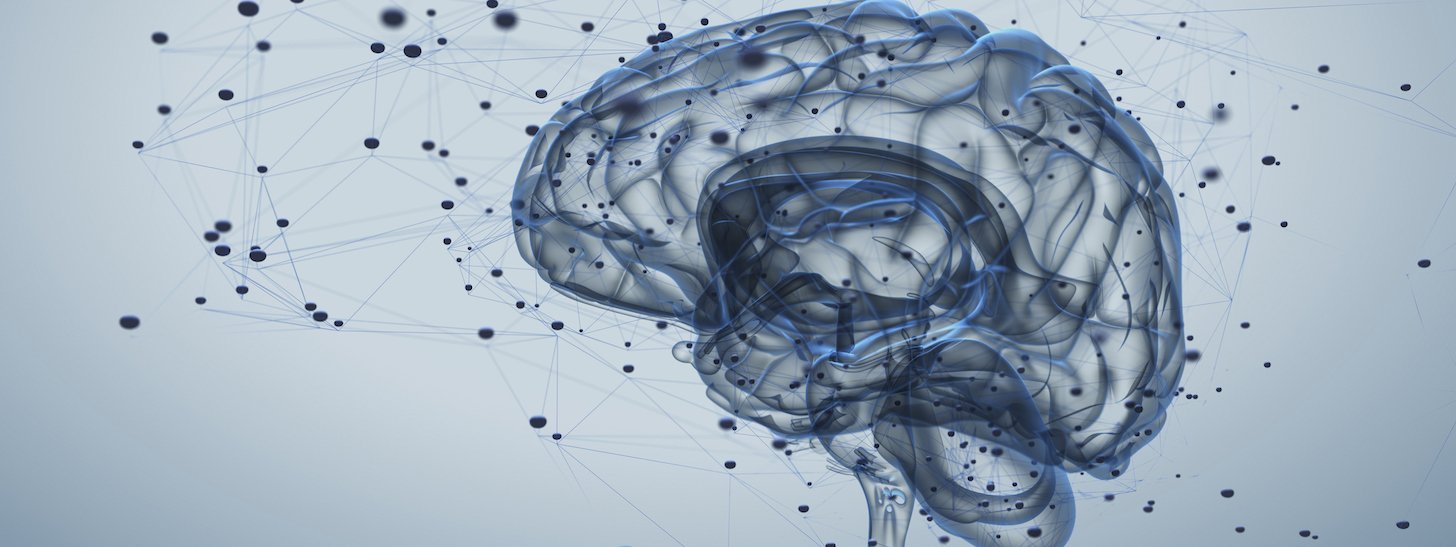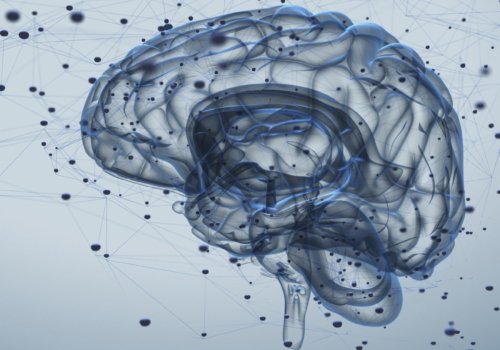
From the Journal: Headache and Mitochondrial Disease
New research in Headache finds patients with mitochondrial disease are at an increased risk for headache
Mitochondrial disease presents in many forms with varying symptoms, ranging from developmental delays to neurological issues, including frequent headaches. Until recently, it has been unclear whether the headaches patients with mitochondrial disease experience are caused by a primary or secondary disorder.
A study published in Headache titled Prevalence of Headache in Patients with Mitochondrial Disease: A Cross-Sectional Study¹ by Torsten Kraya, M.D., Marcus Deschauer, M.D., Pushpa Raj Joshi, Stephan Zierz, M.D. and Charly Gaul, M.D. compiled and analyzed data about the prevalence and characteristics of headache disorders related to various genotypes and phenotypes of mitochondrial disorders. The study, based in Germany, analyzed responses to a cross-sectional questionnaire of 85 patients with mitochondrial disease that were followed by a telephone interview with a headache specialist. The questionnaire was structured based on the ICHD-2 diagnostic criteria.
Of the 85 patients who were sent the questionnaire, 50 responded, and 42 agreed to participate in the phone interview. Headache was reported in 29 of the 42 patients interviewed, accounting for 70% of the population studied. The most common type of headache reported was tension type headache, at 38%; 29% of patients reported either migraine or possible migraine. In terms of frequency, patients reported experiencing headaches anywhere between one to 20 times per month. Contrary to the headache distribution in the general population, the study found that men with mitochondrial disease were more likely to have headache than women.
The data found in the study shows that headache and migraine do appear more frequently in patients with mitochondrial disease, in comparison with the general population of Germany. The high rate of headache reported by participants suggests that headache is a secondary disorder that is a part of the mitochondrial disease. The study strength is measured by the varying types of mitochondrial DNA mutations observed in the patients interviewed.
It is important for patients with mitochondrial disease to conserve their energy wherever possible because they are more easily fatigued. Headache and migraine can be especially draining, so preventative treatment is vital for their well-being. Patients with mitochondrial disease may benefit from screenings for headache, which may help them better manage their symptoms and prevent energy-draining attacks before they occur.
The American Headache Society is committed to keeping its members up to date on the most innovative and meaningful advancements in the realm of headache medicine. One of many initiatives to support that mission is our publication of Headache: The Journal of Head and Face Pain, published ten times per year, which highlights the latest findings in the realm of headache medicine research. Our “From the Journal” series offers a preview of some of the groundbreaking work detailed in Headache. Enjoy access to the full catalogue of content plus a print subscription included with an American Headache Society Membership. Click here to become a member today.


